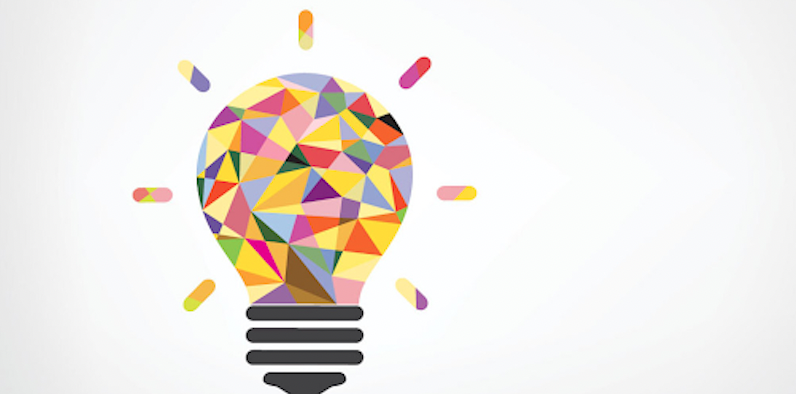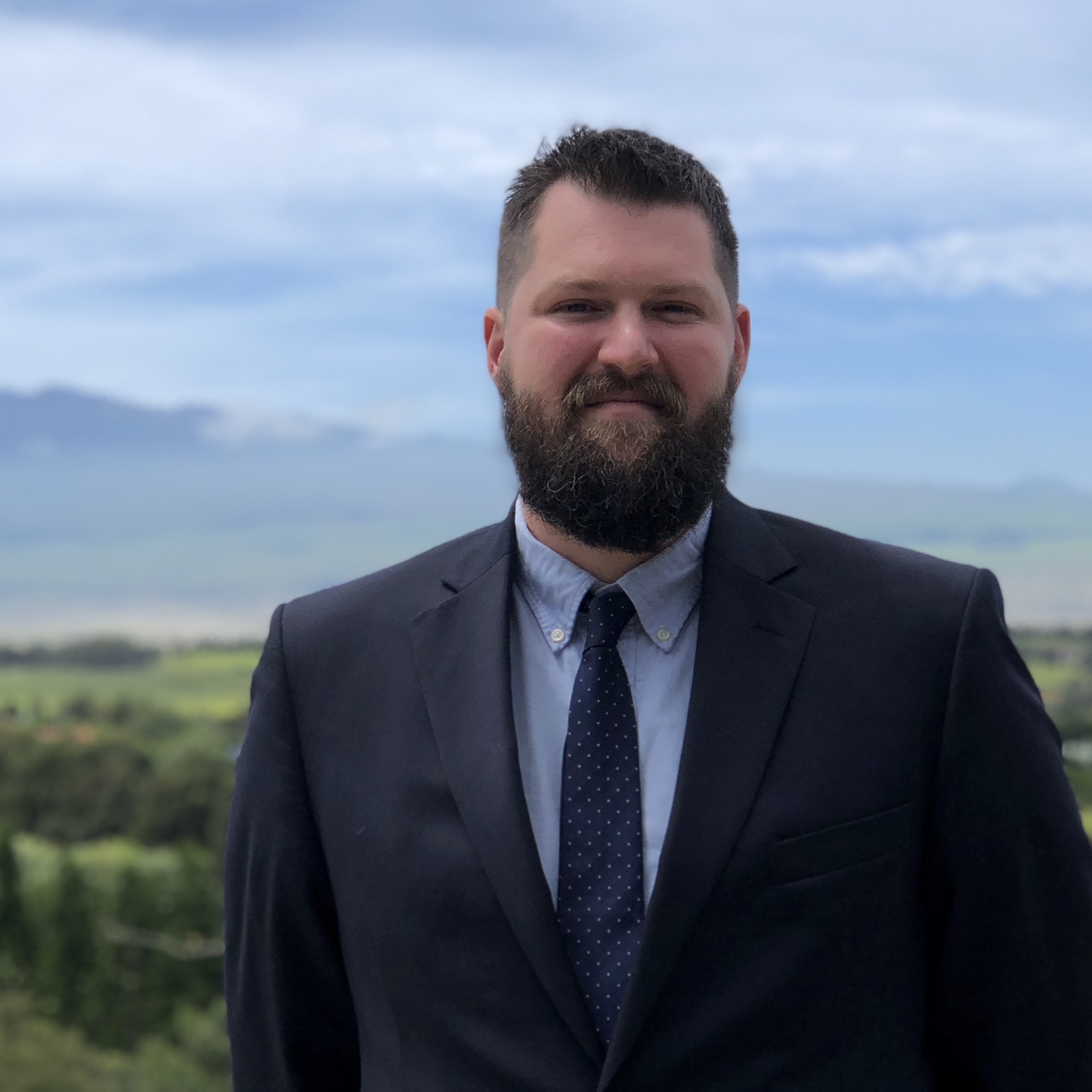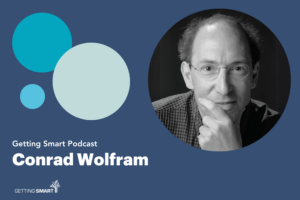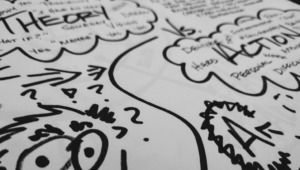Creating a Culture of Trust In Your Classroom: The Twin Pillars of Authenticity and Vulnerability
Key Points
-
Explaining and showcasing personal connection to the lesson, content, skills, and capacities that define a class/program is an entry point for a teacher.
-
Sharing out a personal story, and leaning into the values of vulnerability and trust, acts as a model for students, and proves that teachers are willing to do what they are asking students to do in the class; that they will put in the work.
-
Fostering confidence and a sense of belonging in students empowers them to be their authentic selves.

By: Aaron Schorn
Ō hele, aia nō ka ʻai a me ka iʻa.
Go, the sustenance you need lies ahead
–Pele to her sister Hiʻiaka
Living into our values means that we do more than profess our values, we practice them. We walk our talk — we are clear about what we believe and hold important, and we take care that our intentions, words, thoughts, and behaviors align with those beliefs.
–Brene Brown
In March 2021, out in the deep ocean off the coast of Hawai’i Island, students in Kumu Pualani (Pua) Lincoln Maielua’s Migrations of Moananuiākea Capstone class float in a circle, treading water. It’s as if a Harkness Table appears from the ocean depths. The group shares, one by one, the most impactful moments they have had out on the water for the past four days as they learn to steer and navigate a traditional Hawaiian canoe. Each learner speaks with joy and reverence, reflecting on how this voyage impacts and illuminates their own individual Capstone projects. Each learner reflects on how their unique skills and capacities allow them to succeed out on the water and also in the classroom.
Modeling Authenticity and Your Connection to the Class
Without rooting authenticity in pedagogy, curriculum, class culture, and lesson plans, the story highlighted above is not possible. The starting place for all of this is the teacher. Kumu Pua reflects, “It always starts with yourself as a teacher, be grounded in who you are and what you do. Put yourself out there, share elements of yourself with your class.” Explaining and showcasing personal connection to the lesson, content, skills, and capacities that define a class/program is an entry point for a teacher. Sharing out a personal story, and leaning into the values of vulnerability and trust, acts as a model for students, and proves that teachers are willing to do what they are asking students to do in the class; that they will put in the work. Kumu Pua’s mission at the start of each school year is to create moments where her students see her personal connection to what she is sharing with them. She models her connection to the content through authentic storytelling. When teachers do this, it enables students to see relevance and relatability in the lesson and content, and in Pua’s words to “interweave their own stories into those moments as well, while starting to see themselves in the content and skill development.” By demonstrating her authentic connection to not only the content but to the journey the class will embark on together, she displays her passion, vulnerability, and the trust she has for them, creating a shared culture that comes alive.
Our Student’s Origin Stories
When asked about that moment out in the ocean, Kumu Pua laughs, “The first thing I think about is safety and training, then I think about the emotions of that moment. The magic of that moment only happens because of all the work and training we put in beforehand; physical, mental, and emotional. This moment, circled up out in the water, became their most authentic presentation and assessment.” So, how do you build out this culture and community of trust? For Kumu Pua, she wants her students to explore and start to understand where they come from – their family, culture, skills, dreams, drive, and passions. She starts the year by having students explore their genealogy, ancestry, and the people that are key stakeholders in their lives. She wants them to understand that what they aspire to be is a reflection of who they are and where they come from. The students then look within themselves, engaging in a process of self-exploration and examining the ways they can contribute to their community. The goal here is for students to understand that their life experiences, their origin stories, their unique skills and capacities, can then be used to impact the classroom, their school, and the world. Now it’s your turn:
- Start with a name. Have everyone explain the meanings and stories behind their first, middle, and last names. Use this as a springboard for the cohort to understand who they are working and collaborating with. Model the activity with your own name, sharing and adding a story.
- Get out some big sheets of paper. An ideation and culture activity that Kumu Pua has masterfully made her own, optimizing it for her classes, is called Head, Heart and Purpose (inspired by an Echoing Green curricular activity). Take this basic template and optimize it for your class and cohort of learners. Update it to reflect the goals of your class and the learners you are partnering with. Have students take photos of their sheets of paper for reference throughout the year.
It always starts with yourself as a teacher, be grounded in who you are and what you do. Put yourself out there, share elements of yourself with your class.
Kumu Pua
Importance of External Mentors
Fostering confidence and a sense of belonging in students empowers them to be their authentic selves. When students see themselves represented in the work and goals of the class, there is relevance and new found purpose. By partnering students with mentors outside of the normal structures of school, teachers can demonstrate to students that they are worthy of investment, and that someone who is not paid to teach them finds this collaboration important. This also makes the work and skill development authentic and real. A subject matter expert mentor can provide insight into student work that is timely, and allows students a glimpse into the area of the professional world that these mentors engage in. Kumu Pua reflects, “Students need to have diverse examples of adulting in their life, diverse examples of inspired passionate professionals in their life, and if you have an array of people to connect with, it allows them to bloom, and to have more models of collaboration and people who serve their community. Gaining this mentorship from other adults inspires and empowers them to be a mentor for their fellow classmates and others in the world.”
Authenticity and Thoughtful Learning Experiences Matter
Authenticity has to be at the core of all of our movements as educators because of what is happening in the world on a global scale. Students need to feel like they can own who they are, and they need a network of other people embarking on the same journey. Kumu Pua states, “The rigor of authenticity is what we need to survive this moment and that’s what is going to change the world and empower everybody in all walks of life.”
Aaron Schorn is the K-12 Capstone Coordinator at Hawai’i Preparatory Academy and Program Director at the Nalukai Foundation. Follow him on Twitter: @aaronschorn.






0 Comments
Leave a Comment
Your email address will not be published. All fields are required.